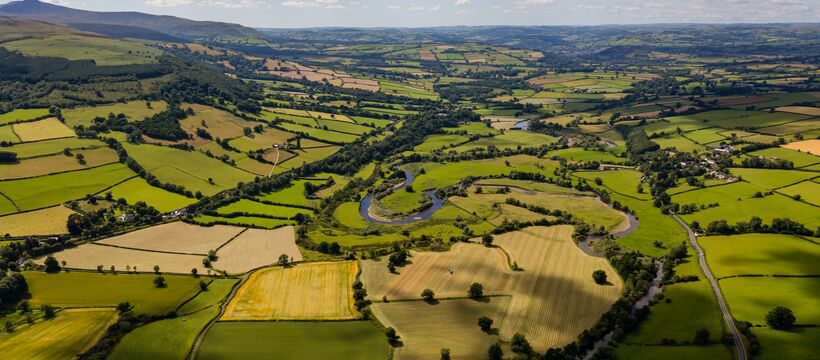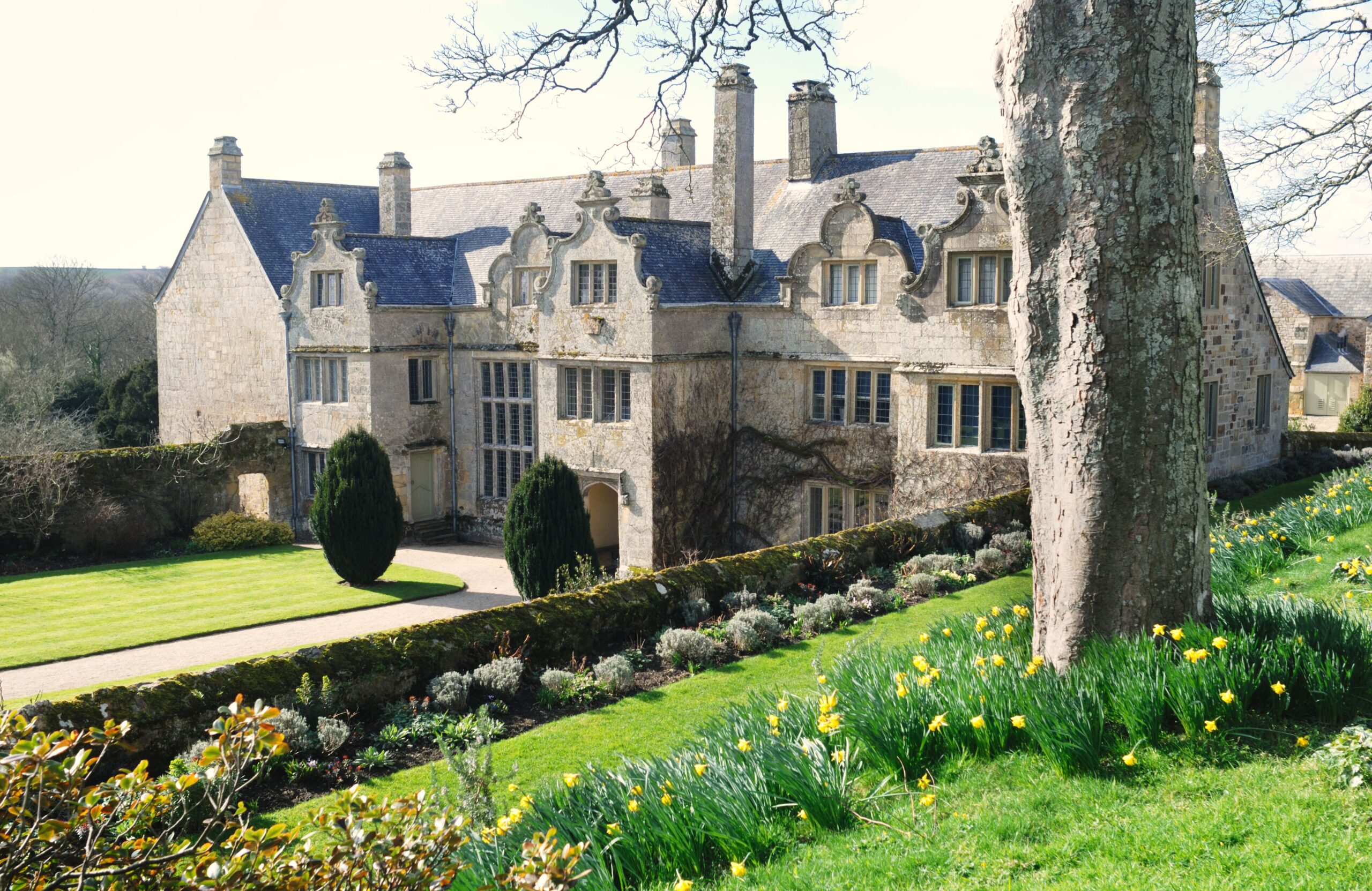
As a buying agent for over 30 years, I can confirm – there is something strange going on with the UK land market!
As we witness the erosion of basic payment subsidies until they reach zero in 2027, one would expect more land to come to the market. Especially given that for many, the subsidy payments represented their profits. There should also, therefore, be less interest from potential buyers. Oddly, this is not the case.
Supply of farmland is always short, but the last 3-years have been historically low, with Farmers Weekly registering around 100,000 acres selling on the open market each year. We know there is an active private market, but supply remains historically short.
Savills have recently reported an increase to 16,700 acres being actively marketed in Q1. Strutt & Parker suggest 4,300 acres in Q1 – still very low overall levels of supply.
On the other hand, demand seems to be growing exponentially (despite the reduced financial yield, which typically would be no more than 1-2% on the financial investment). The traditional typical buyer remains:
- Farmers looking to expand to spread their fixed costs and to enable them to farm more efficiently.
- Wealthy individuals wanting a large garden, privacy, sports, or to ‘rewild’ – even though many do not know what this actually means – but want to be seen to be doing the proper thing and give them ultimate bragging rights.
- Canny individuals wanting to benefit from the inheritance tax savings available through Agricultural Property Relief.
- Equally canny individuals hedging against inflation. Land prices have performed exceptionally well recently and in the very long term.
- Roll-over buyers postponing payment of Capital Gains Tax. We all know that farmers who sell land for development will always want to buy more land because it is what they love and understand – these buyers are focused and determined as they have a 3-year window to roll over their gain before paying tax.
- Investors and developers keen to grow houses or enter the ever-growing renewables market.
There is new breed of buyer in town
From November 2023, any developer developing a site of more than 10 houses or an area of more than 0.5 hectares will have to leave the site in a 10% better condition (in terms of biodiversity) than before their development started.
The priority is to achieve an ‘on-site’ solution, but if this is not possible, the developer can use ‘off-site’ land to achieve this improvement goal. This has already led to developers, investors and even local authorities purchasing land with a view to helping developers to achieve their Biodiversity Net Gain targets.
Global warming has created opportunities for landowners to assist with carbon sequestration. This has attracted forward-thinking individuals, investors and businesses interested in the potential future value of carbon capture and the potential for the sale of carbon credits.
It isn’t proving easy to read the tea leaves as to the future of land values
We would expect the supply of land to increase as many farmers finally realise it is time to call it a day. With the reduction in subsidy payments, those not prepared to or able to invest or innovate will find making a profit increasingly difficult – in addition, they can currently benefit by taking retirement and utilising the lump sum payments for the last remaining years of the Basic Payment Scheme.
The question remains – how much supply will increase, and how much the current huge demand will be able to absorb?
Land prices have reached the highest levels yet seen, with average arable prices of between £10,000 – £12,000 per acre, with figures in excess of £15,000 per acre being paid in special cases.
No doubt the outcome will gradually play out over the next 3 or 4 years – one thing we do know about land is that they aren’t making any more of it, and every English man loves his castle. Get in touch if you would like to carry on the conversation.






